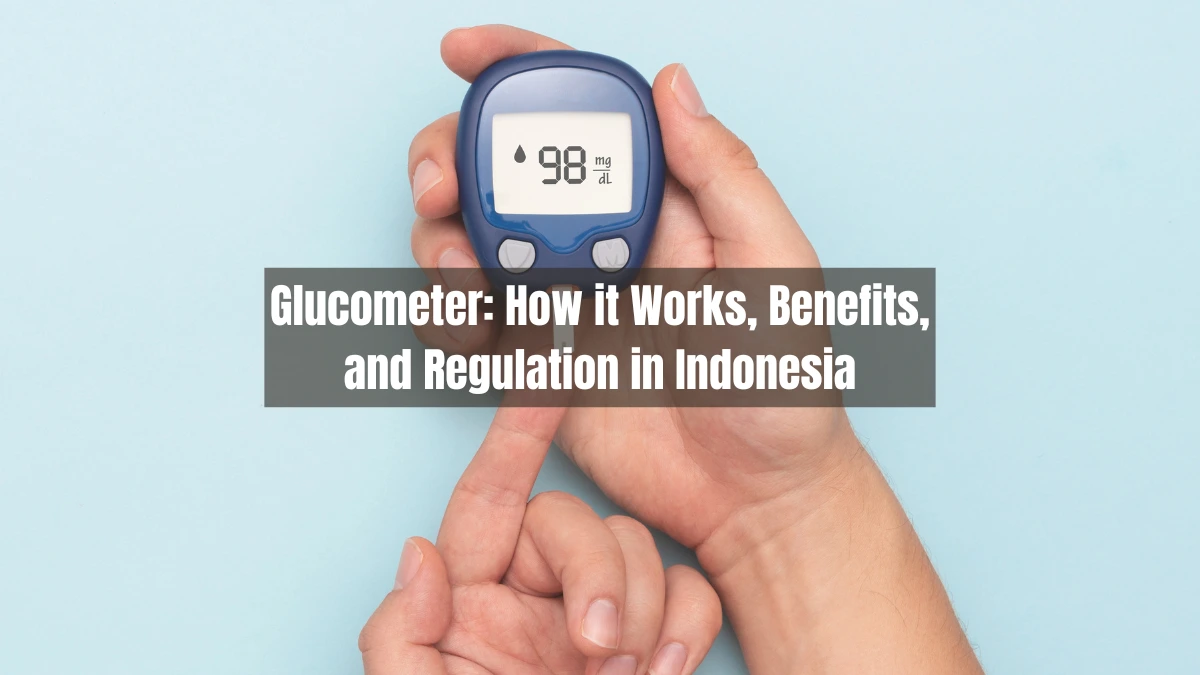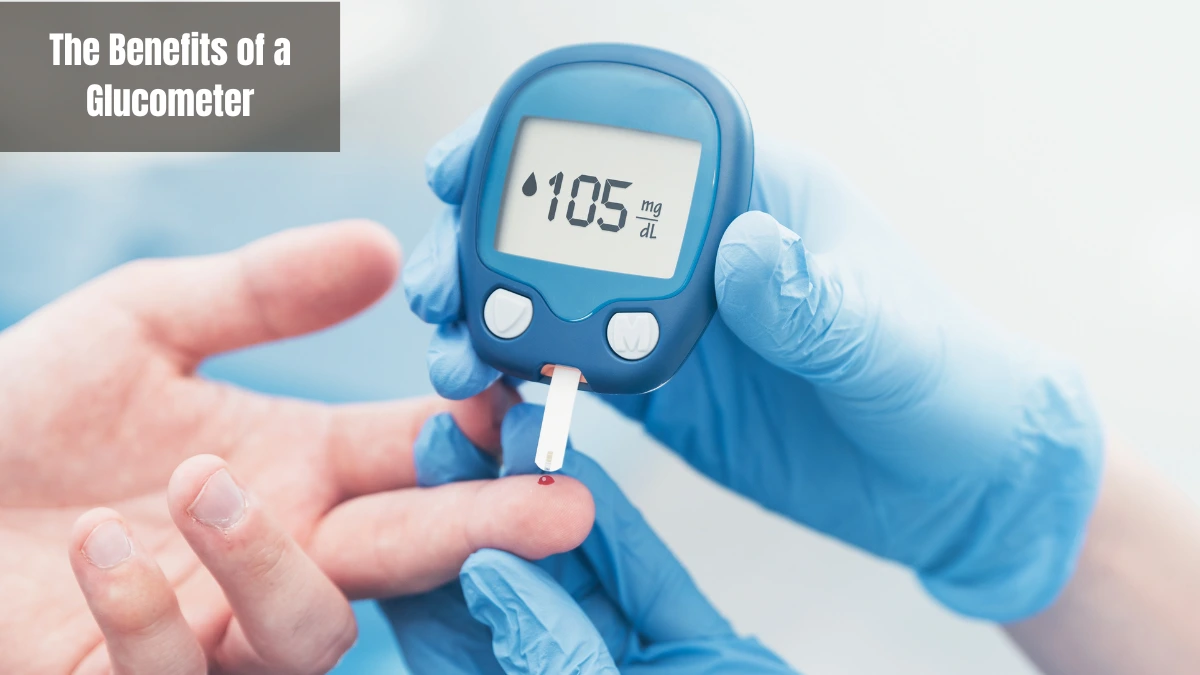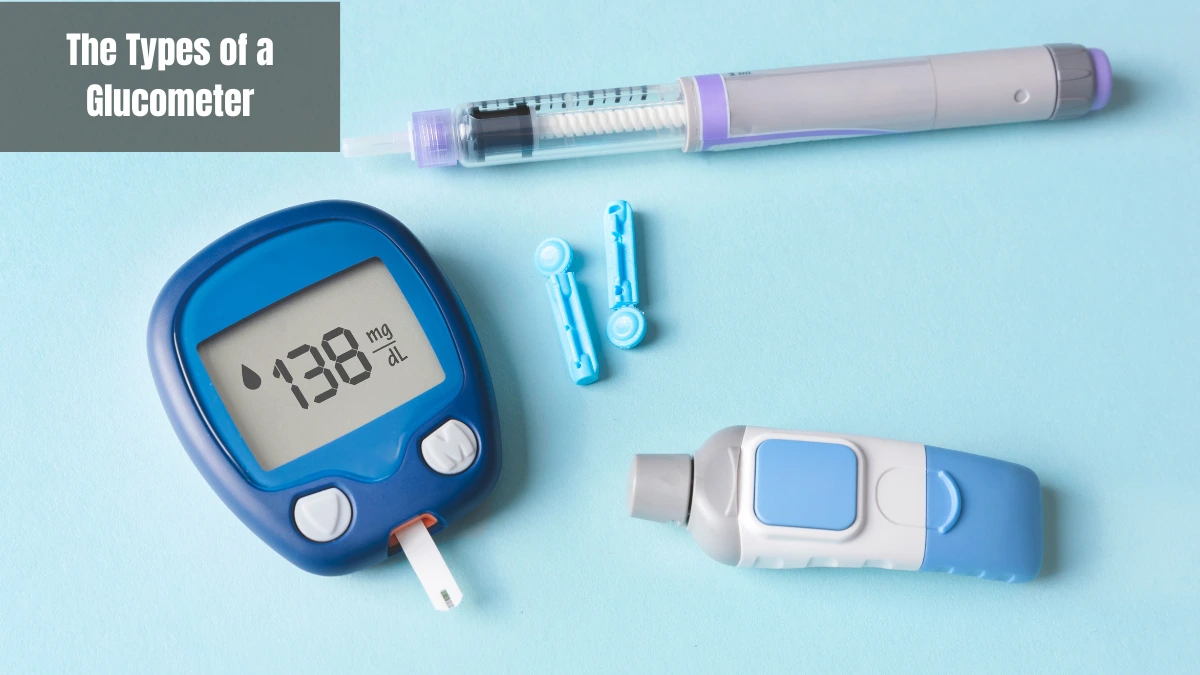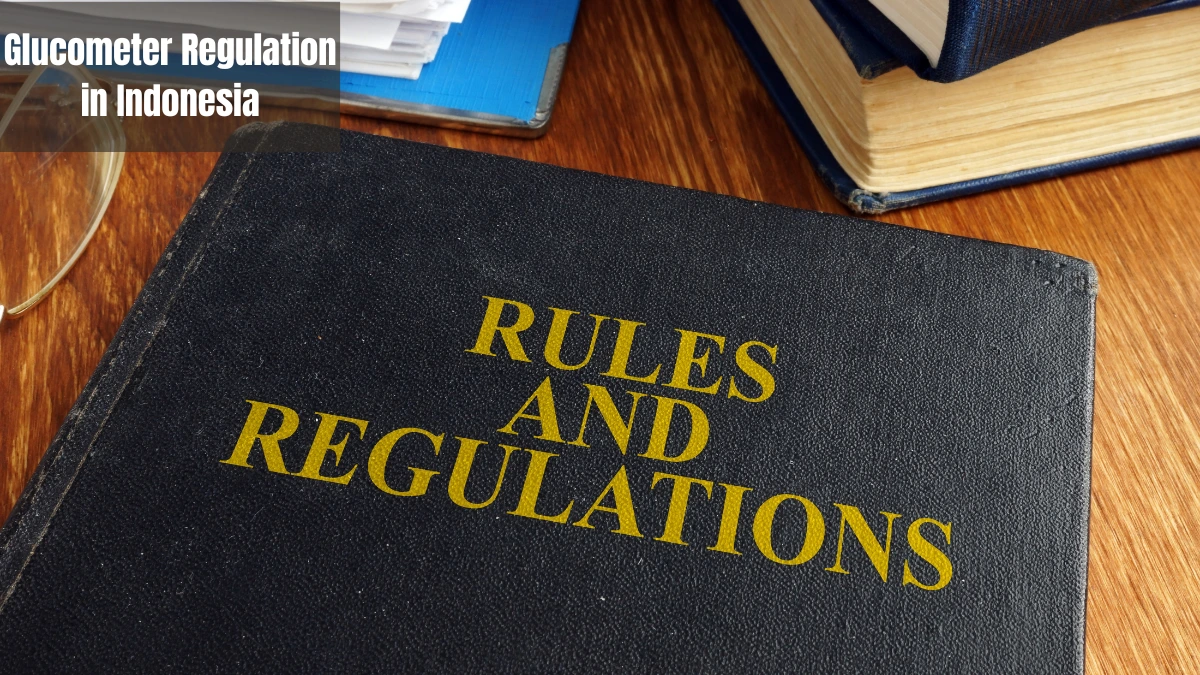A glucometer is a common device for people with diabetes or anyone who wants to monitor their blood sugar levels. But did you know that these devices have evolved to include Bluetooth and WiFi technology?
The Bluetooth feature is found in smart glucometers to integrate them with health apps on mobile phones, making the monitoring process more practical. Meanwhile, WiFi features are found in Continuous Glucose Monitoring (CGM) devices, which connect sensors to the device and then to a smartphone for real-time, 24/7 monitoring.
This technological advancement certainly offers convenience. To fully benefit from it, you need to understand glucometers comprehensively, including their definition, how they work, their benefits, types, and regulations in Indonesia.
What is a Glucometer?

A glucometer is an electronic device used in healthcare to measure blood sugar levels. This device allows people with diabetes or anyone who wants to monitor their blood sugar levels to do so regularly and quickly.
With results that are faster than laboratory tests, users can take action more quickly. Users can adjust their diet, exercise, and medication intake if necessary.
How Does a Glucometer Work?
A glucometer works by taking a blood sample using a test strip to determine the blood sugar level. Here is how it works in more detail:
- Prepare the test strip: Before taking the sample, insert the strip into the glucometer.
- Blood sample collection: Blood is drawn by pricking the fingertip with a lancet.
- Applying blood to the strip: The blood applied to the strip triggers an enzymatic reaction, producing an electrical signal.
- Result calculation: The glucometer reads the signal, calibrates it, and displays the blood sugar level on the screen.
For smart glucometer users, the measurement results are automatically sent to the mobile app via Bluetooth. This certainly helps users monitor data in real-time and view progress graphs. The results can even be sent to a doctor for evaluation.
The Benefits of a Glucometer

Using an infusion pump will provide many benefits, especially for performing independent monitoring, diabetes management, preventing complications, and adjusting treatment. Here are some of the main benefits in detail:
Performing independent monitoring
Blood sugar checks can be done in a laboratory, but it takes a long time to get the results. Unlike using a glucometer, users can perform independent monitoring with results in just seconds. Not only that, users can also use it anywhere and anytime.
Diabetes management
By being able to monitor independently, users can manage their diabetes by keeping their blood sugar within a healthy target range. When outside this range, users can take the necessary actions, such as changing their diet, exercising, and taking medication if needed.
Preventing complications
By keeping blood sugar within a healthy range, users can not only take the necessary actions but also prevent complications. This will certainly be very helpful in the long term to avoid worsening the condition by adding diseases such as heart disease, kidney damage, and vision problems.
Adjusting treatment
A glucometer that allows real-time data monitoring and viewing of progress graphs will help doctors with their evaluations. In addition, it will certainly help in adjusting medication doses, changing diet patterns, and exercise plans.
The Types of a Glucometer

Technological developments have led to several types of glucometers that can be chosen according to your needs:
- Conventional glucometers: Can only display measurement results on the device screen without additional connectivity.
- Digital glucometers: Equipped with Bluetooth connectivity to connect to a mobile app for storing and analyzing data.
- Continuous Glucose Monitoring (CGM): Uses a sensor implanted under the skin to continuously monitor glucose levels without the need for manual blood sampling each time.
Glucometer Regulation in Indonesia

The glucometer utilizes Bluetooth technology that operates within a specific frequency spectrum. In Indonesia, any Bluetooth-based wireless device is required to have a DJID (Directorate General of Digital Infrastructure) under the Ministry of Communication and Digital (KOMDIGI).
Glucometer regulation is based on KEPMEN No. 260 Tahun 2024, which requires all radio frequency-based devices to meet specific technical standards before being sold in the country.
The DJID certification ensures that the product meets government safety and quality regulations and does not interfere with other communication devices. The certification process involves technical testing, such as frequency adjustments, safety checks, and compatibility with the surrounding environment.
Once the tests are completed, products that pass are listed in a Test Result Report, which confirms that the product is safe and meets the requirements for sale in Indonesia. This report reassures customers that the product meets technical standards and is secure.
For companies wanting to sell glucometers in Indonesia, Type Approval Certification Services for ICT Products are available to assist with this process. This service includes preparing technical and legal documents, conducting required testing, ensuring compliance with regulations, helping companies streamline the certification process, and giving consumers confidence in certified products.